Do you have a question about the System Sensor Innovair flex D4120A and is the answer not in the manual?
Defines the operating temperature range for the duct smoke detector components.
Specifies the temperature range for storing the duct smoke detector.
Indicates the acceptable humidity levels for the duct smoke detector.
Specifies the air velocity range for which the duct smoke detector is designed.
Provides the physical dimensions of the duct smoke detector components.
Details power supply voltage, input capacitance, reset voltage, and current requirements.
Lists the electrical ratings for alarm initiation and auxiliary contacts.
Specifies current loads for various accessories used with the detector.
Recommends consulting the System Sensor Guide for proper use in duct applications.
Highlights key features of the duct smoke detector, such as plug-in heads and sensor capabilities.
Lists the items included in the duct smoke detector kit for installation.
Ensures the detector is installed in ducts with appropriate air velocity parameters.
Guides on selecting the best location and configuration (rectangular or square) for mounting.
Provides instructions for drilling mounting holes based on the chosen detector configuration.
Details the process of securely attaching the duct smoke detector to the ductwork.
Guidance on selecting the correct sampling tube length based on duct width.
Instructions for installing the sampling tube, including orientation and end cap use.
Explains how to modify sampling tubes when specific lengths are not available.
Details how to verify sufficient air flow through the duct smoke detector.
Procedure for testing air flow in low-speed systems using a differential pressure transmitter.
General guidance and methods for wiring the duct smoke detectors.
Instructions for connecting a second sensor (D4SA) to the power board.
Explains the function of dip switches for configuring unit settings like sensors and delays.
Details how to interconnect detectors for multiple fan shutdown functionality.
Key considerations for wiring and powering interconnected detector units.
Verifies that the dip switch settings are configured correctly.
Instructions on how to apply power to the detector unit.
Guidance on performing essential checks for detector functionality.
Describes how to verify the detector's sensitivity through LED indicators.
Procedures for testing the detector's alarm function using buttons or magnets.
Methods to test if smoke can enter the sensing chamber and trigger an alarm.
Specific test for low-flow systems using aerosol smoke to check detector response.
Instructions for properly installing the detector's cover after maintenance.
Step-by-step guide for cleaning the smoke detector sensor.
Steps to follow after cleaning, including reinstallation and system restoration.
Information on the RTS451/RTS451KEYA Remote Test Station for testing and resetting.
Defines the operating temperature range for the duct smoke detector components.
Specifies the temperature range for storing the duct smoke detector.
Indicates the acceptable humidity levels for the duct smoke detector.
Specifies the air velocity range for which the duct smoke detector is designed.
Provides the physical dimensions of the duct smoke detector components.
Details power supply voltage, input capacitance, reset voltage, and current requirements.
Lists the electrical ratings for alarm initiation and auxiliary contacts.
Specifies current loads for various accessories used with the detector.
Recommends consulting the System Sensor Guide for proper use in duct applications.
Highlights key features of the duct smoke detector, such as plug-in heads and sensor capabilities.
Lists the items included in the duct smoke detector kit for installation.
Ensures the detector is installed in ducts with appropriate air velocity parameters.
Guides on selecting the best location and configuration (rectangular or square) for mounting.
Provides instructions for drilling mounting holes based on the chosen detector configuration.
Details the process of securely attaching the duct smoke detector to the ductwork.
Guidance on selecting the correct sampling tube length based on duct width.
Instructions for installing the sampling tube, including orientation and end cap use.
Explains how to modify sampling tubes when specific lengths are not available.
Details how to verify sufficient air flow through the duct smoke detector.
Procedure for testing air flow in low-speed systems using a differential pressure transmitter.
General guidance and methods for wiring the duct smoke detectors.
Instructions for connecting a second sensor (D4SA) to the power board.
Explains the function of dip switches for configuring unit settings like sensors and delays.
Details how to interconnect detectors for multiple fan shutdown functionality.
Key considerations for wiring and powering interconnected detector units.
Verifies that the dip switch settings are configured correctly.
Instructions on how to apply power to the detector unit.
Guidance on performing essential checks for detector functionality.
Describes how to verify the detector's sensitivity through LED indicators.
Procedures for testing the detector's alarm function using buttons or magnets.
Methods to test if smoke can enter the sensing chamber and trigger an alarm.
Specific test for low-flow systems using aerosol smoke to check detector response.
Instructions for properly installing the detector's cover after maintenance.
Step-by-step guide for cleaning the smoke detector sensor.
Steps to follow after cleaning, including reinstallation and system restoration.
Information on the RTS451/RTS451KEYA Remote Test Station for testing and resetting.
| Type | Duct Smoke Detector |
|---|---|
| Air Velocity | 100 to 4000 ft/min (0.5 to 20.3 m/s) |
| Alarm Contact Ratings | 2.0 A @ 30 VDC (resistive) |
| Power Source | 24 VAC |
| Current Draw | 120 mA max @ 24 VDC |
| Operating Temperature | -4°F to 158°F (-20°C to 70°C) |
| Humidity Range | 10% to 93% RH non-condensing |
| Dimensions | 5.0" (12.7 cm) wide x 2.5" (6.4 cm) high |
| Sensitivity | 0.5%/ft obscuration |
| Trouble Contact Ratings | 2.0 A @ 30 VDC (resistive) |
| Compatibility | Compatible with fire alarm control panels |
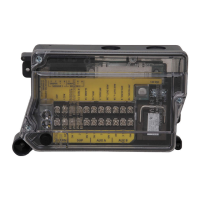
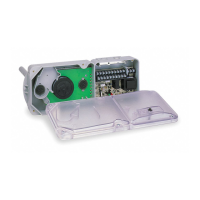

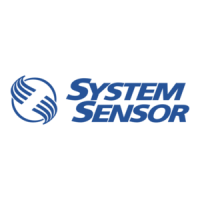
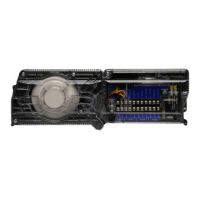

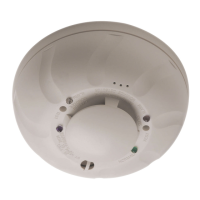
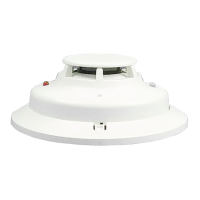

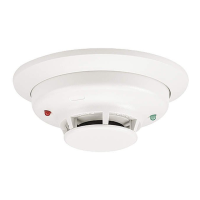

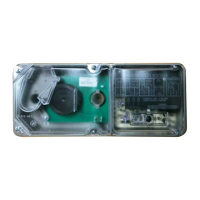
